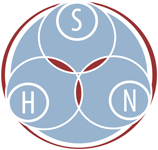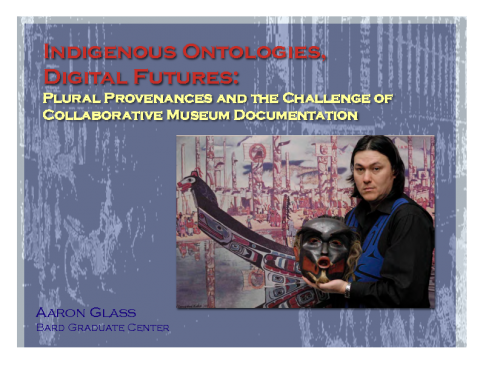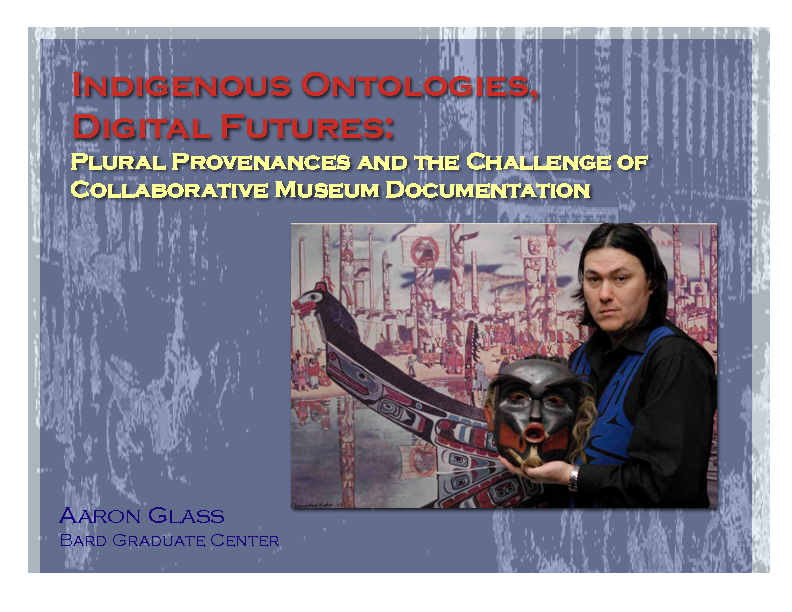Indigenous Ontologies, Digital Futures: Documenting the Jacobsen Collection in Berlin and Beyond
This collaborative project utilizes digital media to thoroughly document the largest and oldest collection of Kwakwaka’wakw (Kwakiutl) material culture in Europe, held by the Ethnological Museum Berlin. It was assembled by Johan Adrian Jacobsen around 1881, a decade before Franz Boas began his seminal work with this important indigenous group. The collection ranges broadly from utilitarian items to spectacular ritual regalia, but as a result of its unique history it remains almost completely undocumented—there are few photographs of the objects, and original collection records have not been computerized or translated into English. In addition, there exists a wealth of relevant archival material in North America that has never been made public.
The project will result in an innovative, interactive, multimedia database, which will unite various kinds of archival records with contemporary indigenous knowledge. This database—made public through the RRN, an extensive new web-based museum network (see separate project listing on this DR website)—will provide the foundation for future research, exhibitions, catalogues, and conferences, as well as new e-learning tools for indigenous communities, museums, and universities. Most importantly, the project will make this historic collection accessible for the first time to global scholars as well as to the Kwakwaka’wakw themselves, for whom the ceremonial art of their ancestors provides an important foundation for their current and future material and spiritual practices.
[NOTE: Unless otherwise identified, all objects in the accompanying presentation are courtesy the Ethnologisches Museum Berlin; all images are courtesy Ethnologisches Museum Berlin and U'mista Cultural Centre]


